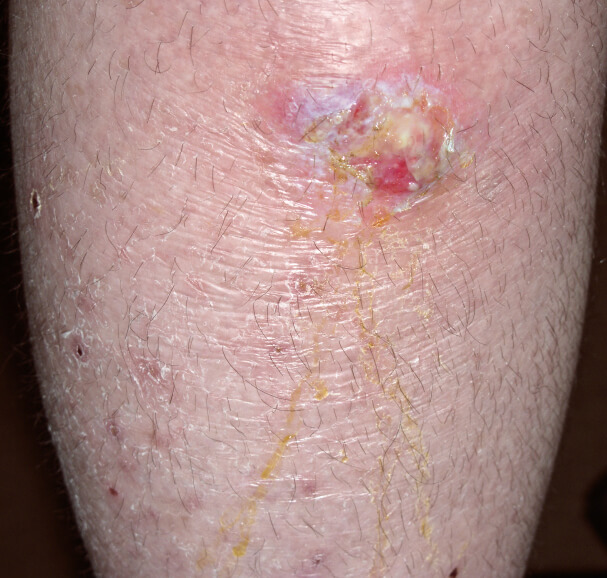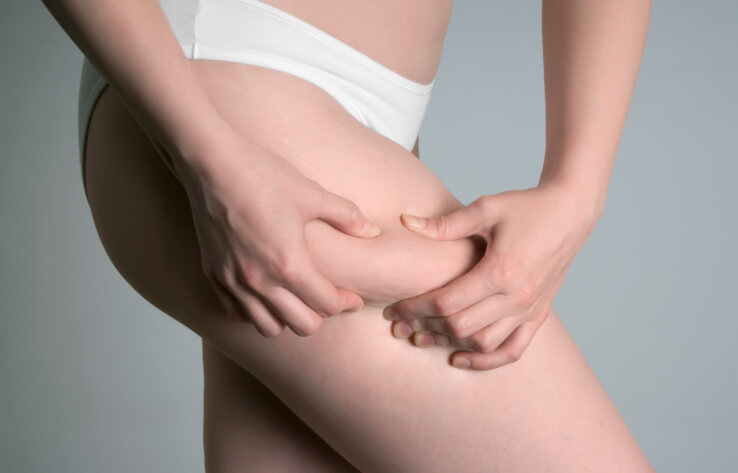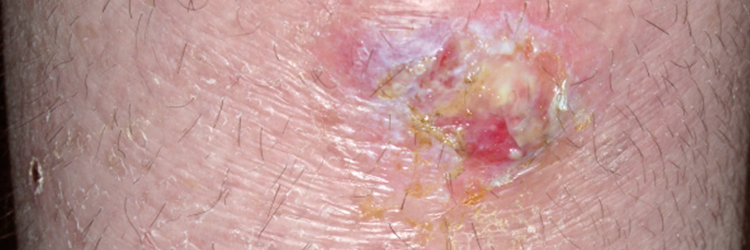
Causes of Cellulitis
The two most common bacteria that cause cellulitis are streptococcus and staphylococcus, which can enter the skin layers through any cuts or wounds.
Symptoms of Cellulitis

- Pain in the affected area
- Redness and swelling along with infection
- Fever
- Skin rashes which spread rapidly within the first 24 hours
- Stretched appearance of the skin making it look glossy
- Fatigue, muscle pain and general illness
Other conditions that can lead to cellulitis:
- Cracked heels and toes and peeled skin between toes
- Open and exposed wounds caused by an accident or an injury
- Bites or stings from animals, insects or even humans
- Peripheral vascular disease or a history of it
- Skin ulcers often caused by vascular disease or diabetes
- Administration of steroids which control the immune system
- Surgery wounds
Some patients also experience joint pain and nausea.
Treatment
The important factors in the diagnosis of Cellulitis are the presence of typical symptoms, local characteristics of the affected area, laboratory tests, and systemic signs such as fever, chills, and leucocytosis. Your doctor can also recommend a skin biopsy in some cases to confirm the diagnosis. Doctors usually prescribe antibiotics (oral fluoroquinolones) as a first-line treatment. If this does not work, intravenous antibiotics can also be prescribed. Clinical judgement is based on patient risk factors and severity of symptoms. [6]
Outlook
Usually, it takes around 7 to 10 days of antibiotic treatment to cure cellulitis. It may take longer in some severe cases. A chronic disease or a weak immune system can delay recovery.
Possible Complications
Rarely, complications can occur when the infection grows to other parts of the body. This cannot be treated without a hospital admission and intravenous administration of drugs. The possible complications of cellulitis may include:
- Sepsis : Bacterial infection in blood
- Endocarditis: Inflammation of the heart
- Lymphangitis: Inflammation of the lymphatic system, which is a network of organs, glands, ducts and cells
- Osteomyelitis: Infection of bones
- Meningitis: Inflammation of meninges, protective membranes that cover the spinal cord and brain
- Gangrene: Tissue death
Cellulitis is not a serious problem. In mild cases, it can be treated with antibiotics without hospitalization. However, considering the complications it may lead to, it is always better to report any kind of skin problem or any unexplained sign of skin disease to a skin expert. Early diagnosis can help you recover faster.














